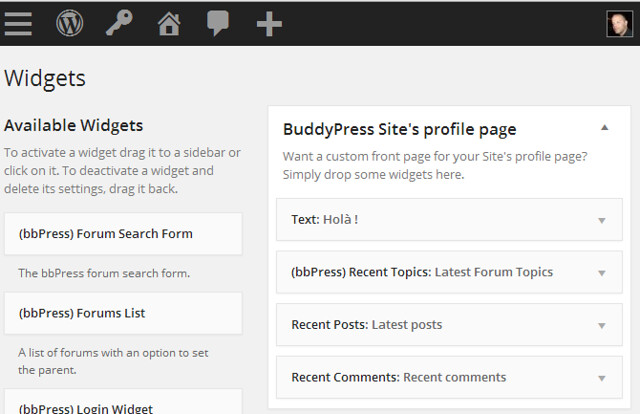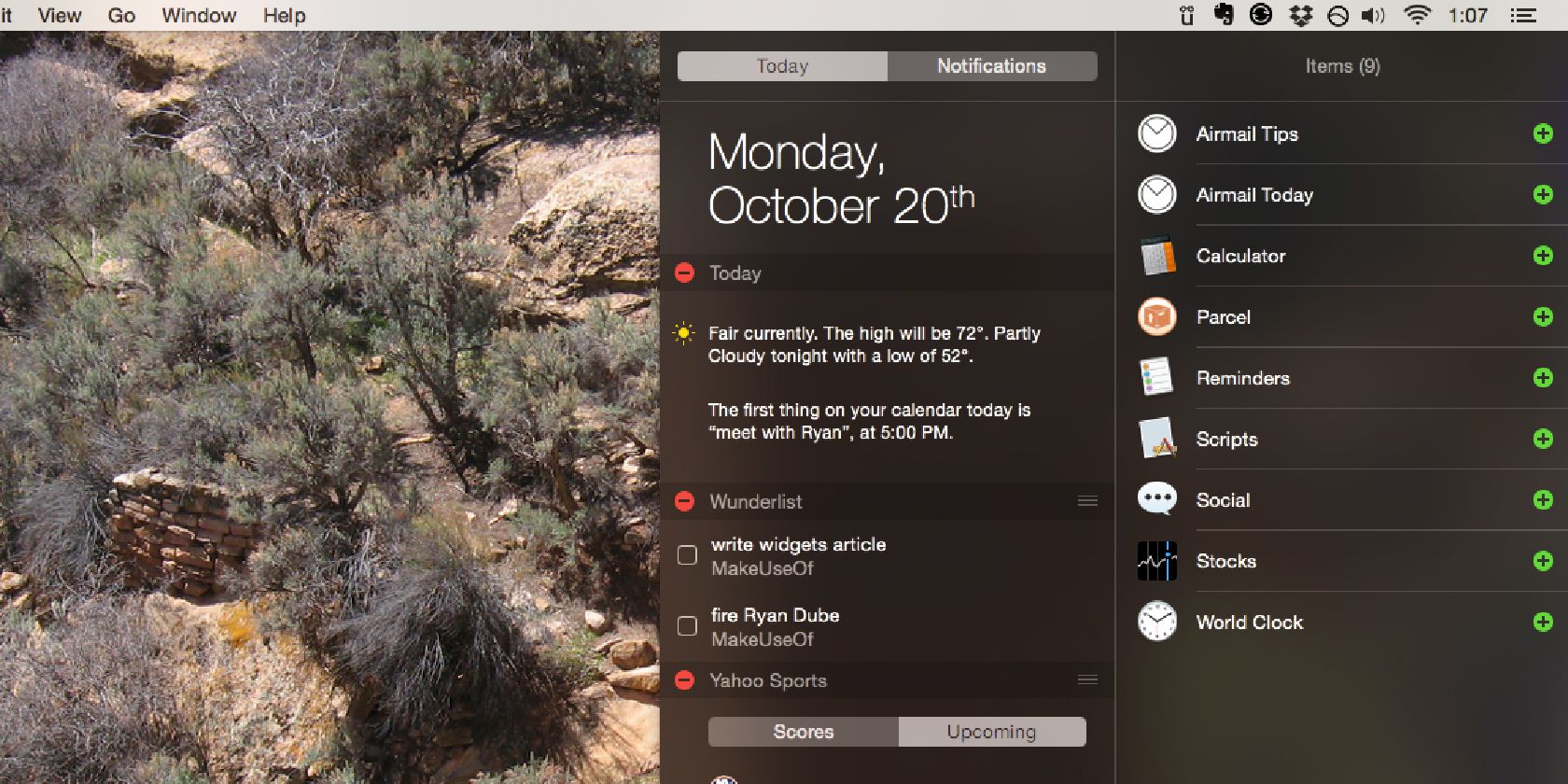
To a lesser extent, I’m also disappointed that Dashboard widgets can’t be interleaved with regular windows, float on top of all windows, or be embedded in the desktop like Konfabulator 1 widgets can.

While I really love the idea of a separate window layer for infrequently used items, I’m extremely disappointed that only Dashboard widgets can live there. Apple has unnecessarily linked two good ideas in Dashboard: the widgets themselves, and the Exposé-style layer where they live. I remember being impressed at the demo, and even more impressed once I had my hands on Tiger, but John Siracusa wanted more: They were present when you needed them, and disappeared when you didn’t. Jobs pitched widgets as mini-apps that let you look up a quick bit of information without ruining your workflow or train of thought.

I was insanely jealous of him for about 72 hours after we both installed Tiger in our dorm room.) However, college roommate’s aluminum PowerBook could do it without breaking a sweat. (My Titanium PowerBook’s GPU couldn’t render the water ripple effect that played when a new widget was added to Dashboard. Adding new ones could be done with a click of the mouse. While not as flashy or important as Tiger’s keystone feature, Spotlight, Dashboard still enjoyed a big push from Jobs on stage.Ī user could tap a keyboard shortcut or visit a hot corner and Dashboard would activate, dimming the screen and flying in widgets.

Dashboard disappears just as easily, so you can get back to what you were doing. With a single click, Dashboard appears, complete with widgets that bring you a world of information - real-time weather, stock tickers, flight information and more - instantly. Introduced with Mac OS X 10.4 Tiger, Dashboard was easy enough to explain:ĭashboard is home to widgets: mini-applications that let you perform common tasks and provide you with fast access to information.


 0 kommentar(er)
0 kommentar(er)
